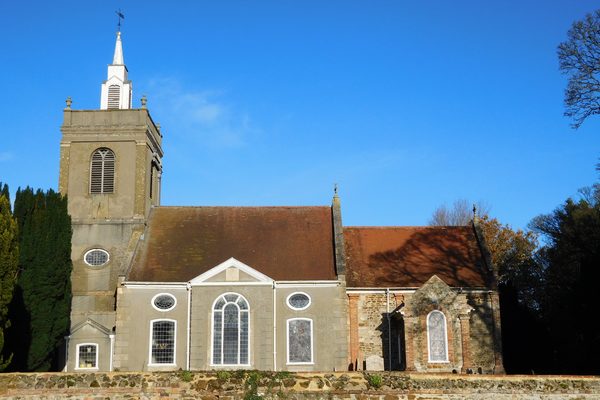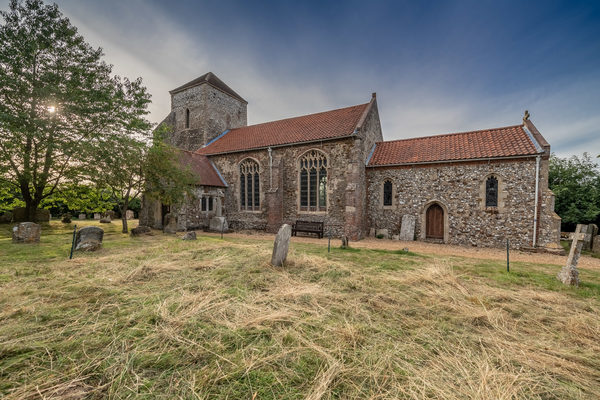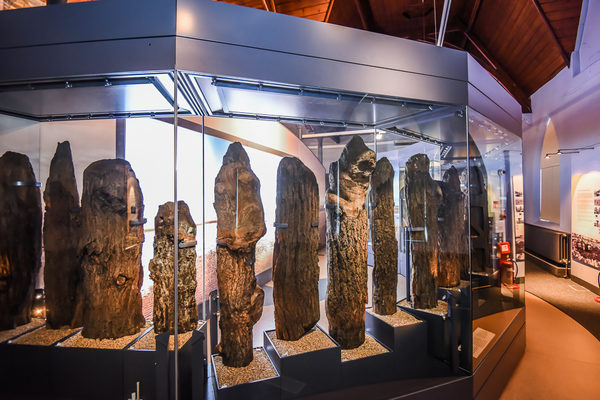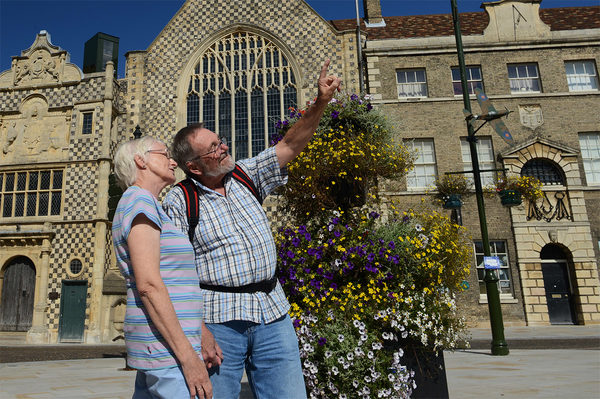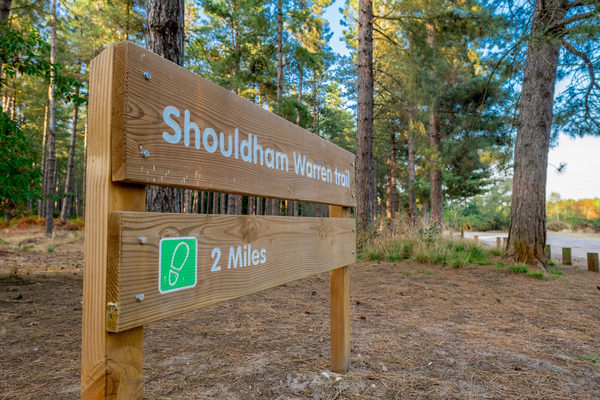At least eighteen castles are known in Norfolk, most of them built in the late 11th and 12th centuries in the decades following the Norman Conquest. They are an extremely varied group of monuments. As well as the magnificent royal castle at Norwich and the great aristocratic castles at Thetford, Castle Acre and Castle Rising, built by the Norman kings and by the noble families who served them, there are many smaller castles too. In many cases they survive only as earthwork remains, and often is not know who built them, and when. Middleton Mount is a motte (a mound upon which a castle keep once stood) that survives from one of these lesser castles.
Middleton Mount, like the nearby castles at Wormegay and Castle Rising, lies close to edge of the Fens. These places were all well situated both for controlling east-to-west routes and for overseeing the surrounding territory.
The conical mound of clay is nearly 20m high. It is not know who built the castle, or when. In the 18th century Blomefield remarked on the earthwork but clearly knew nothing about its date or function. It was shown as a tumulus (or barrow) on early Ordnance Survey mapping, but by the 1930s it had been identified as a castle. The ditch that surrounds the motte may once have been twice as deep as it is today.
A timber keep once stood upon the motte. To the east of the motte, the grassed area that visitors enter when they first arrive at the site was once the castle bailey. This was an area enclosed by a bank and ditch that contained dwellings, stables, workshops and outbuildings.
The earthen defences surrounding the motte have now been flattened. This area was preserved from development when the adjacent housing estate was built in the 1980s. Excavations in 1987 found the remains of long, rectangular timber buildings and also some medieval pottery. There is now a high hedge roughly following the outer edge of the bailey ditch, which helps visitors to imagine the original outline of the castle.
